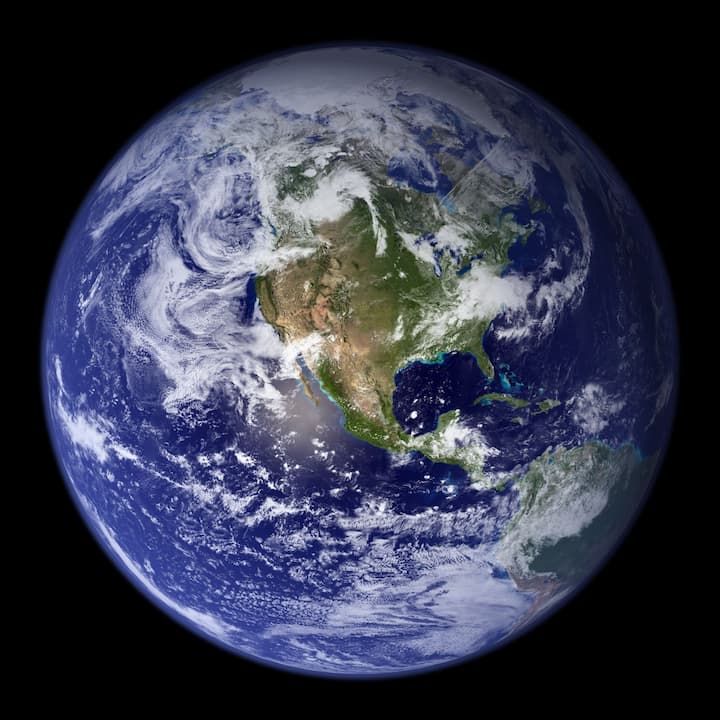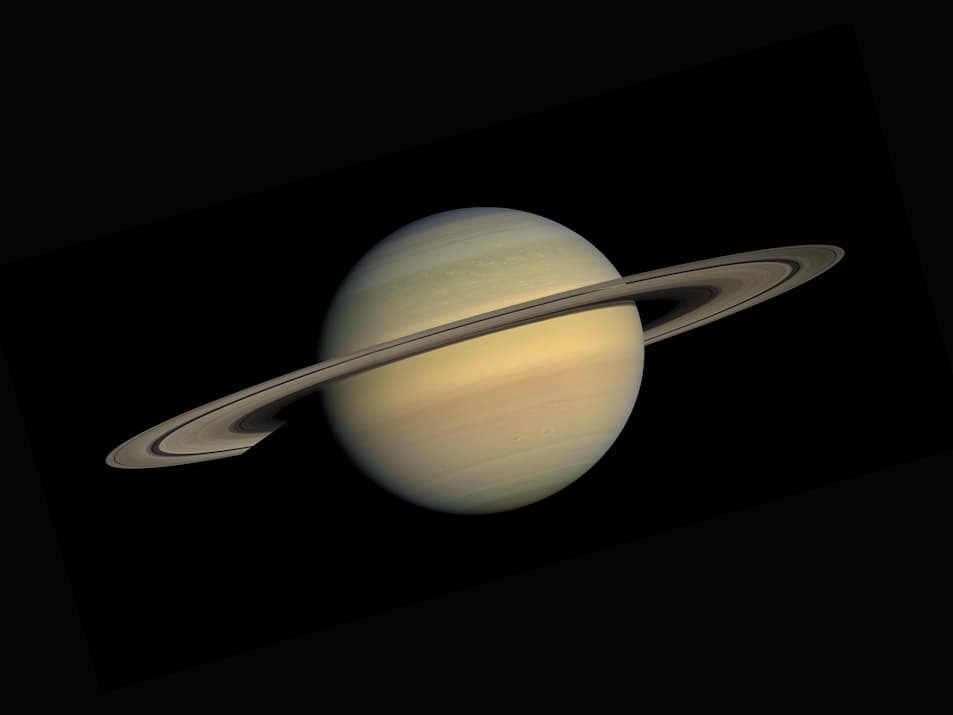The Earth we live on is together with 7 other planets orbiting the central star, the Sun. They are divided into two categories: rocky planets (Mercury, Venus, Earth, Mars) and gas planets (Jupiter, Saturn, Uranus, Neptune). When the Sun glows, it creates a cloud of matter. From this cloud, planets will form differently according to different conditions that have different properties.
Rocky planets
The necessary condition for a rocky planet to form is a material cloud of metals and rocks. As the cloud temperature drops, the elements begin to condense and form tiny mineral grains – the seeds of a rocky planet. Gradually they will stick to rocks and then to larger rocks. Eventually a large enough rock will create gravity that pulls in matter, and when it reaches the equivalent of 800km in diameter, gravity will do the work of kneading and creating spherical planets.
Once an early planet has formed, it continues to suck up the material around it. Each collision makes it hotter and then molten. Lighter substances begin to rise into a thin hard shell, heavier substances (mostly molten metals) sink and form an extremely dense core at the center of the planet. This layer of molten metal is constantly moving, creating a magnetic field that surrounds the planet.
Our Earth is a typical rocky planet.
Planets form more and more and they begin to enter turbulent times. They keep bumping into each other. The loser will be food for the surviving planets to grow so that they become bigger. The war is over, everything is left with only 4 very different rocky planets in the Solar System that have existed until now. During the later development of the Earth, an object crashed into the Earth causing the surrounding rock to fly away. That rock layer later gathered and formed the Moon today.
Gas planets
Jupiter and its beautiful ring.

